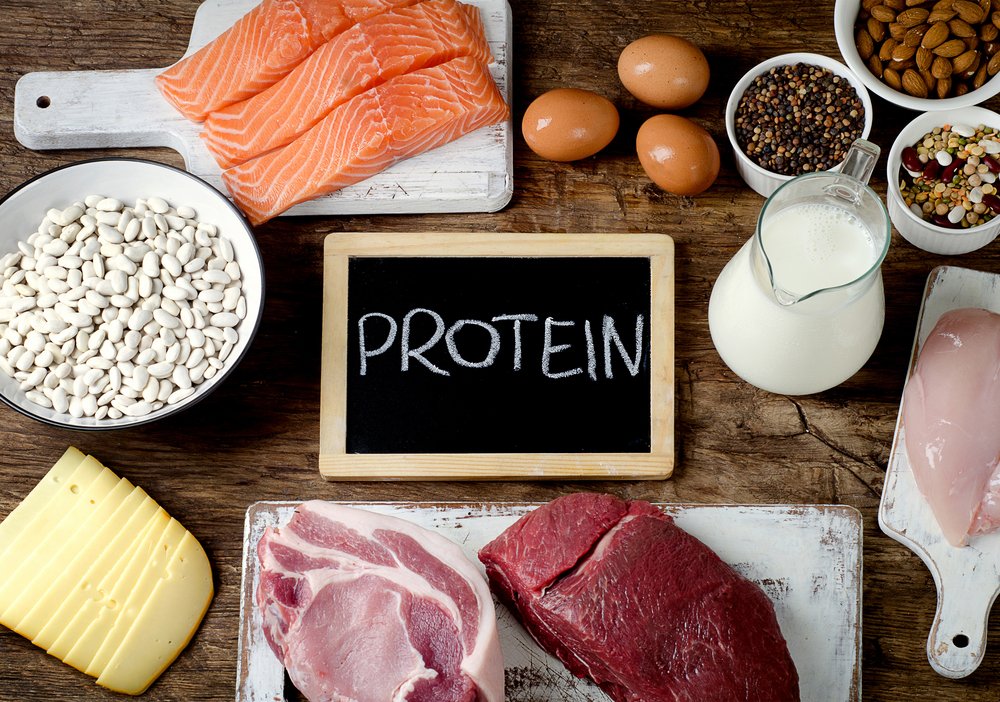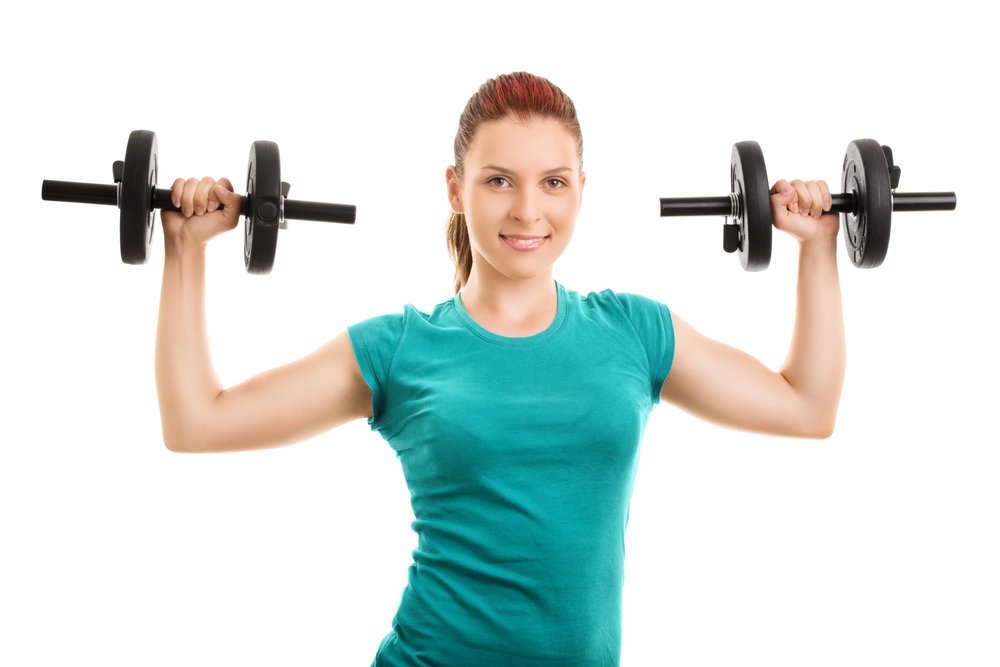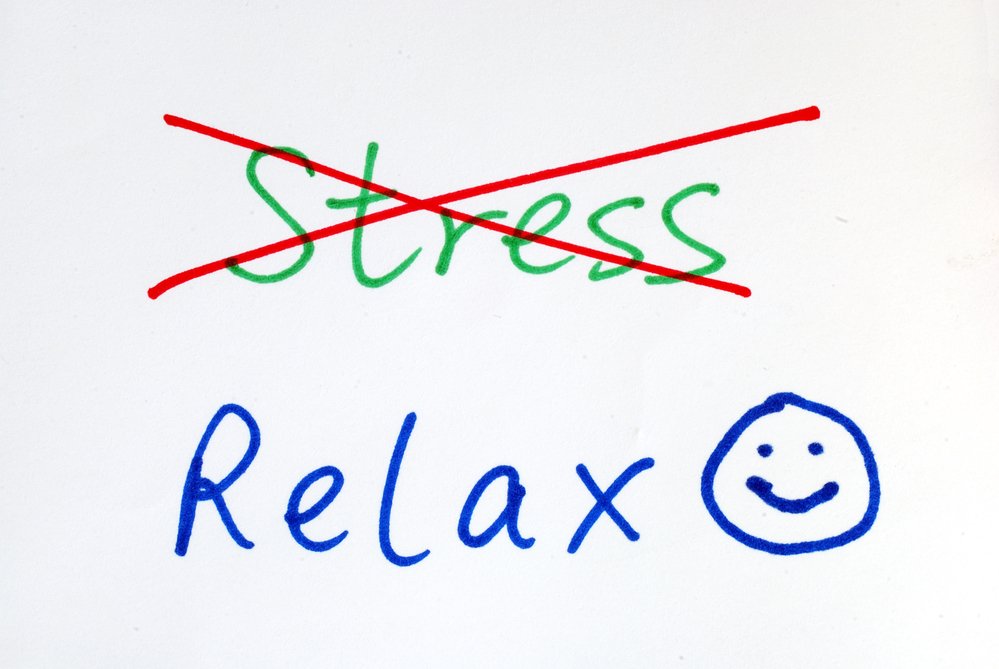We’re at the end of 2020 and it’s been a tough year for a lot of us. The pandemic didn’t make things any better for most of our goals.
Even though we’ve been dealing with an expected quarantine, we have to remember that most of us had resolutions—some of those resolutions related to losing weight and living a healthier lifestyle.
If you started on the journey and stopped midway, then this article will get you back on your path.
If you didn’t start at all, then this article will give you the necessary information to begin your very own weight loss journey.
Eating
Many people believe that weight-loss is only a matter of eating less. This couldn’t be further from the truth. Studies show that it’s not just how much you eat but what you eat that matters.
Today, we will break a balanced diet down into its three primary macronutrients (carbohydrates, proteins, and fats) and talk more about each one. This way, we hope to help you discover and understand what foods to eat to reduce body fat and, more importantly, lose weight.
Carbohydrates
It’s easy to write off carbs as the enemy based on what many people say about their ability to make you gain weight.
We all probably know someone who never shuts up about the benefits of keto or some similar low-carb diet. Such proselytizers will often proclaim how effective their diet is in terms of weight loss and how they have the body of their dreams.
Don’t fall for it.
Giving up carbs isn’t the golden path to weight loss. In fact, eating carbs is better for your long-term health than cutting them – according to recent studies.

Now, there is a limit to this. People who ate either extremely low-carb or high-carb diets had a higher mortality risk, so too much is just as bad as too little.
In fact, a recent Stanford study of over 600 adults found people who followed a healthy, low-fat diet (eating about 50% carbs, 30% fat, and 20% protein) lost the same amount of weight in three months as folks who ate a healthy, low-carb diet (30% carbs, 45% fat, and 25% protein).
That’s probably because they ended up eating about the same number of calories.
The trick is to remember that not all carbs are created equal. There are two types of carbs: healthy (whole) and unhealthy (refined) carbs. “Whole” refers to anything that still has its original chemical composition.
With, say, a kernel of wheat, it has an endosperm, bran, and germ, the latter two being where all the fiber, vitamins, and minerals are stored. To refine carbs, though, manufacturers strip out the healthy germ and bran and just leave the endosperm center.
To simplify, processed carbs aren’t good. They’re missing the fiber, which helps you feel full, along with the micronutrients (vitamins and minerals) and antioxidants that help protect against diseases.
Carbs also help with the weight loss process by giving you the energy to work out. They provide the most on-demand energy, making them the best source for physically active people. This is because carbs are converted to energy more efficiently than fats, making them the preferred option for your body.
Examples of whole carbs are buckwheat, oats, bananas, quinoa, sweet potatoes, and brown rice.
Protein
Protein-rich foods are famous for their weight loss properties. They also help in building muscle mass. Because of this, they are recommended and included in some of the most popular weight loss diets.
Not only that, but including protein-rich foods in your breakfasts can further help achieve quick weight loss. This is because studies have found that including protein in your breakfast can help you eat less during the rest of the day.
This occurs because of a drop in hunger hormone ghrelin and a rise in peptide, GLP-1, cholecystokinin, and YY, also known as the fullness hormones.
Proteins, in general, make you feel full for longer. They activate bodily signals that reduce appetite, overeating, and cravings.

Protein consumption has also been found to be inversely related to belly fat. The more high-protein foods you consume, the less your belly fat will be.
However, proteins should also be taken in moderation. High consumption of red meat as a protein source has been linked to lifestyle diseases such as gout.
We highly recommend opting for white meat as well as vegetable options as your protein sources.
Recent studies have found that eating protein-rich meals (or eating protein as a low-calorie snack) can help with weight loss, especially for those who want to drop a lot of weight in a short amount of time.
Protein-rich foods also help in speeding up metabolism. A faster metabolism helps you burn more calories. Your body requires a lot of calories to metabolize protein, especially when you compare the numbers to carbs. In short, eating protein will help you burn more calories.
Moreover, high protein foods are crucial in the repair and build-up of muscle mass. They prevent muscle loss in case you are on a calorie-restricted diet. They also prevent the reduction of metabolism, which often occurs along with weight loss.
Fats
The thought of eating fat still makes a lot of people cringe. For years, we have been told to eliminate fat from our diet for fear of weight gain. But the truth of the matter is that it hasn’t helped many of us in the long-term. Even though we reach for low-fat, fat-free, and non-fat options, obesity rates continue to rise.
The truth is that including fat in your diet is actually good for weight loss.
Here’s why you should include it in your diet and why you need to eat fat to burn fat.
Just like carbs, not all fats are created equal.
The worst dietary fat is the kind known as trans fats. They have no known health benefits and don’t have any safe levels of consumption. Artificial trans fats have been officially banned in countries like the United States, and for a good reason.
According to Harvard Health Publishing, trans fats create inflammation, which is linked to heart disease, stroke, diabetes, and other chronic conditions. They contribute to insulin resistance, which increases the risk of developing type 2 diabetes.
Saturated fats, another type of fats, are more common in the average person’s diet. They are solid at room temperature.
A diet rich in saturated fats can drive up total cholesterol and tip the balance toward more harmful LDL cholesterol, which prompts blockages in arteries in the heart and generally in the body. Most nutrition experts recommend limiting saturated fat to under 10% of your daily caloric intake.
Common sources of saturated fat include red meat, whole milk, and other whole-milk dairy foods, cheese, coconut oil, and many commercially prepared baked goods.
Good fats come mainly from vegetables, nuts, seeds, and fish. Healthy fats are liquid at room temperature, not solid. They differ from saturated fats by having fewer hydrogen atoms bonded to their carbon chains. There are two broad categories of beneficial fats: monounsaturated and polyunsaturated.
Monounsaturated Fats
Monounsaturated fats are liquid at room temperature. They were discovered after scientists observed that Mediterranean communities had lower heart disease rates, and the main denominator was their consumption of olive oil.
Although there’s no recommended daily intake of monounsaturated fats, the Institute of Medicine recommends using them as much as possible, along with polyunsaturated fats, to replace saturated and trans fats.
Good sources of monounsaturated fats include olive oil, peanut oil, canola oil, avocados, most nuts, and sunflower oils.

Polyunsaturated Fats
Polyunsaturated fats are also referred to as essential fats. They are required for normal body functions, but your body can’t make them. You must get them from food.
Polyunsaturated fats are used to build cell membranes and the coverings of nerves. They are needed for blood clotting, muscle movement, and inflammation. They also assist in the absorption of some vitamins and minerals, making them even more significant.
Eating polyunsaturated fats instead of saturated fats or highly refined carbohydrates reduces harmful LDL cholesterol and improves your cholesterol profile.
There are two main types of polyunsaturated fats: omega-3 fatty acids and omega-6 fatty acids. Both types offer health benefits.
Omega-3 fatty acids help prevent and even treat heart disease and stroke. In addition to reducing blood pressure, raising HDL (good cholesterol), and lowering triglycerides, polyunsaturated fats may help prevent lethal heart rhythms from arising. This improves your heart’s health.
Omega-3 acids have also been linked to the growth of grey matter in the brain. This means that it seems to reduce the risk of dementia, but keep in mind that the jury is still out on this point.
Good sources of omega-3 fatty acids include fatty fish such as salmon, mackerel, and sardines, flaxseeds, walnuts, canola oil, and unhydrogenated soybean oil.
Omega-6 has also been linked to protection against heart disease. Foods rich in omega-6 fatty acids include vegetable oils such as safflower, soybean, sunflower, walnut, and corn oils.
Water
Drinking plenty of water is vital for your system. Your body is 70% water and needs a constant inflow to perform at its best. Low water intake can cause problems such as kidney stones and constipation.
Drinking water also helps clear the body of impurities through the excretion of substances such as sweat and urine.
Physical Activity
Physical activity is just as important as watching your diet in the weight loss process. We can split physical activity into two main types:
Cardio
Cardio is short for cardiovascular exercise, which refers to exercises that increase your heart rate for a while. This accustoms the heart to strenuous tasks (e.g., running) for long durations.
Cardio is the go-to physical weight loss method today. Cardio workouts range from aerobics to running on the treadmill and even to simple acts such as walking. Cardio can be done as a daily activity, or it can be split into intervals such as every other day or even 3-4 days a week.
Cardio is good for burning calories as well as keeping you fit through endurance-based activities.
These activities help with the burning of fat and the breakdown of weaker muscle tissue. When weaker muscle tissue is broken down, the body adapts and repairs or increases the tissue to increase endurance.
Cardio is excellent for you in the long run (pun intended).
Resistance-Based Exercises

These are exercises and workouts that require some form of resistance to be performed correctly. Resistance can come from resistance bands, weights, or even one’s own body weight. Resistance-based exercises include calisthenics, weightlifting, and bodyweight exercises.
These exercises provide a necessary outlet for excess energy, which is stored as body fat. Fat is burned during a workout to attain the energy required to ‘resist’ – to move the weight providing the resistance.
Using lighter weights for more extended sets and reps is considered by bro-science to be the most beneficial for fat loss. However, this information is deemed to be inconclusive by most researchers.
Sleep
Whereas food is nutrition for the body, sleep is considered by some to be nutrition for the brain. While sleep has not explicitly been associated with weight loss, less and/or lack of sleep has been linked to weight gain.
Insufficient sleep leads to an increase in cortisol, a hormone that increases your desire to eat sweets and high-fat foods and lead to weight gain.
Maintaining the recommended 6-8 hours of sleep is beneficial to the weight loss process.
Stress
Stress is an important but rarely mentioned factor affecting weight gain. Stress is often linked to over-eating and a reduction in sleep/sleeplessness, which lowers metabolism.
Despite misconceptions to the contrary, an increase in body fat can definitely occur due to stress.
Stress results in the release of cortisol, which we’ve talked about in the previous section on sleep. To reiterate, cortisol is a ‘stress hormone’ that lowers your metabolism and your willpower. This makes it more likely you’ll binge on that Netflix show or eat the chocolates you bought for your nephews.
A few too many sleepless nights can increase your appetite and cause cravings for sweet, high-fat, and salty foods. If you fall for the cravings, your daily caloric intake increases and weight gain becomes inevitable.
You can prevent or mitigate stress through various methods such as physical activity, therapy, sleep, etc. We will not go into detail about these methods since they are outside the scope of our article.

Conclusion
We’ve discussed a lot today, but a few things stand true: a well-balanced diet, physical activity, and sufficient sleep are critical. These essentials are crucial in the weight loss process.
If you forget this entire article, we beg you to remember these three points: balance your diet, get your body moving and get enough sleep. See, we think they’re so important we’re repeating them twice!
Suppose you manage to implement the aforementioned key points, maximize your water consumption, and manage stress in your life. In that case, your weight loss journey will become much smoother.
That being said, always remember that weight loss is more of a marathon rather than a sprint. Treat your weight loss journey as a gradual change rather than a ‘moment of truth’, and you’ll find it much easier to handle.
We wish you the best of luck!
